(ECNS) -- When Chinese crane manufacturer Shanghai Zhenhua Heavy Industries Co., Ltd. (ZPMC) made its first sale to the United States in 1994, it had never expected that the country would regard the cranes it produced as a pain in the backside three decades later.
In February, U.S. President Joe Biden announced that the administration will invest over $20 billion into U.S. port infrastructure over the next five years. The measures, including replacing all Chinese-made cranes at U.S. ports with homegrown ones, aim at eliminating the so-called potential "national security risks" posed by "cellular modems" suspected of espionage found on the cranes, claimed U.S. media.
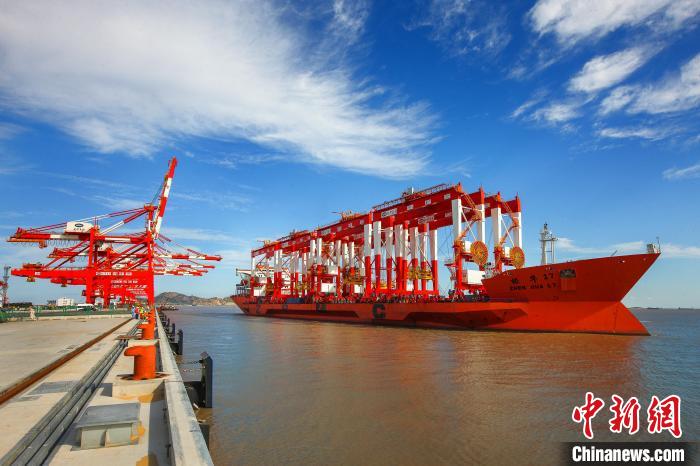
"ZPMC takes the U.S. concerns seriously and believes that these reports can easily mislead the public without sufficient factual review," stated ZPMC, the manufacturer of over 80 percent of the quay cranes used in the U.S., in an official response on March 9, adding that "The cranes provided by ZPMC do not pose a cybersecurity risk to any port."
The choice of the global market
ZPMC first came under the spotlight during former U.S. president Barack Obama's speech in 2013 in Miami, as a gust of wind revealed the ZPMC logo covered by an American flag on a crane in the background as he stressed the importance of "Made in America".
Before the incident brought ZPMC fame, the Chinese company was already a major player in the U.S. crane market.
Founded in 1992, ZPMC set its sights on the global market when 95 percent of the market share was in the hands of European, Japanese, and Korean manufacturers.
At that time, all cranes in the U.S. were imported as rising labor costs at home opened the market to more affordable alternatives, while American technical standards and relevant regulations remained rigorous to any interested bidders.
In 1994, ZPMC won a bid to manufacture four super-post Panamax ship-to-shore (STS) cranes for the Port of Miami in its first sale to the U.S. And it even made an ocean-going vessel to ensure on-time delivery.
In 1998, ZPMC successfully secured five out of six international bidding projects in the U.S. It swept across the U.S., as British industrial magazine World Cargo News put it.
Today, ZPMC's products have been sold to 107 countries and regions across the globe. In the category of STS cranes, it has remained the top seller for 27 consecutive years, with a market share of over 70 percent.
With the likes of China's SANY, Finland's Kalmar and Conny, and Germany's Liebherr also competing in the field, how come ZPMC tops the race in the sales of quay cranes?
"The primary factor is scaling effects, followed by comparative cost advantage in terms of innovation, labor, transport, and raw materials," said He Jianhua, a researcher at the Shanghai Academy of Social Sciences and director of the Yangtze River Delta Modernization Research Institute at Nantong University.
"The vast Chinese market, coupled with the diligence of the people, played a role in nurturing world-level manufacturing enterprises," He noted.
As China grows stronger in its construction machinery manufacturing capabilities, more Chinese manufacturers are eyeing the global market.
According to the China Construction Machinery Association, China's total exports of construction machinery amounted to 341.4 billion yuan in 2023, registering a year-on-year increase of 15.8 percent driven primarily by overseas expansion.
So-called national security just an excuse
Since 2024 U.S. presidential election polls began, some politicians have suggested raising tariffs on imported Chinese vehicles, followed by President Biden's announcement of "unprecedented action to protect Americans from the national security risks posed by connected vehicles from countries of concern, including the People's Republic of China", in a similar vein to their rhetoric about Chinese-made cranes.
As world economies refocus on the real economy, industrial development becomes more prominent in global race, which is to the disadvantage of the U.S. suffering from over-deindustrialization, therefore underlying its initiative to deter China's rise, particularly in manufacturing industries, He pointed out.
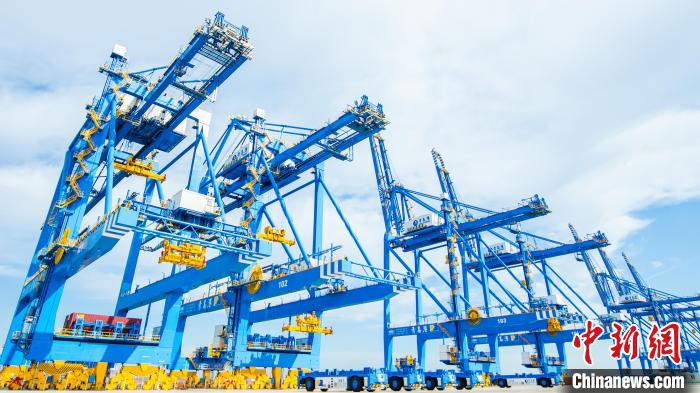
According to the World Bank, China has been the world's largest manufacturer for 14 consecutive years, since it outraced the U.S. in 2010 in terms of value-added manufacturing output.
China enjoys a comprehensive modern industrial system comprising 41 large industrial categories, 207 medium ones, and 666 small ones, thus it is the only country that has all the industrial categories based on the industrial classification of the UN.
In this regard, it could not be more obvious why the U.S. has constantly generalized about national security. That is, China's manufacturing is so strong that it threatens the U.S. interests.
"The litany of U.S. allegations is a manifestation of unproven fears wrapped in the impenetrable cloak of national security," wrote U.S. economist Stephen Roach in his latest piece on Project Syndicate.
ZPMC's dominating share in the American market is a result of fair competition, which would be impossible if it weren't for its quality and price, He noted.
Despite it being a Chinese company, ZPMC manufactures goods that are shared by all, which is mutually beneficial in and of itself, the expert added.
By resisting and defaming Chinese-made products, the U.S. is pursuing a "lose-lose" strategy.
As Stephen Roach puts it, "Rather than taking a long, hard look in the mirror, it is politically expedient for U.S. politicians to blame China."
"The U.S. can and must do better. Rather than excusing the excesses of Sinophobia as justifiable reactions to the China threat, U.S. leaders need to avoid the low road and think more in terms of being the adult in the room. Global leadership requires nothing less." Roach added.











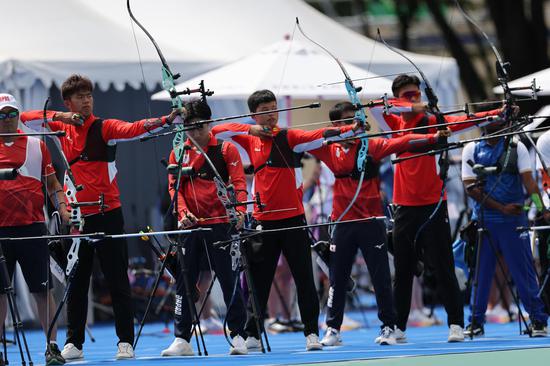



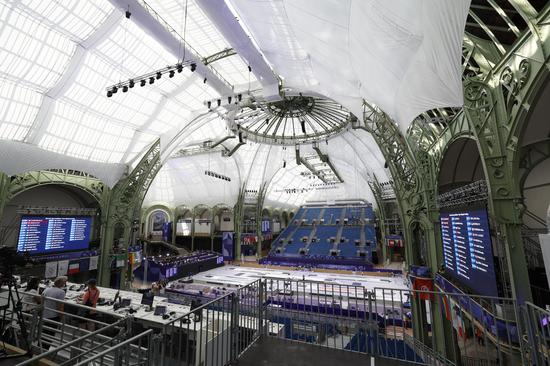


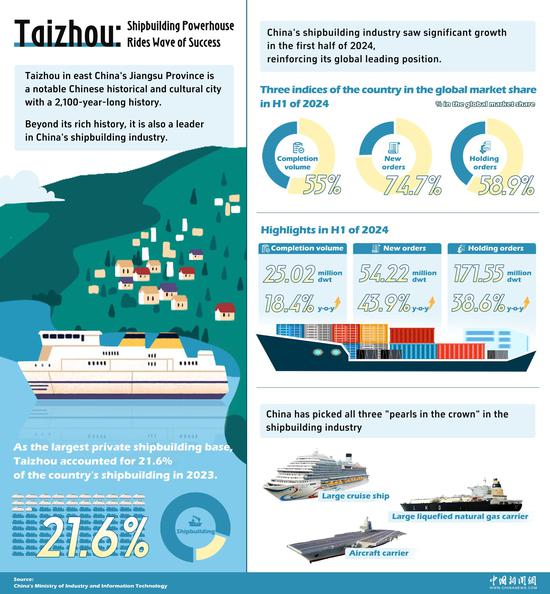
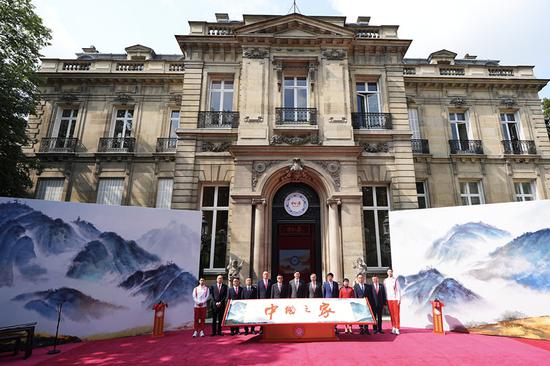

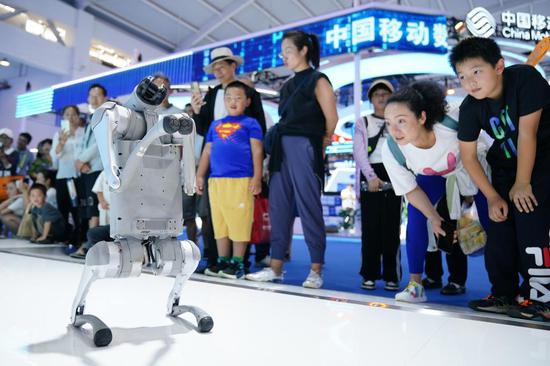




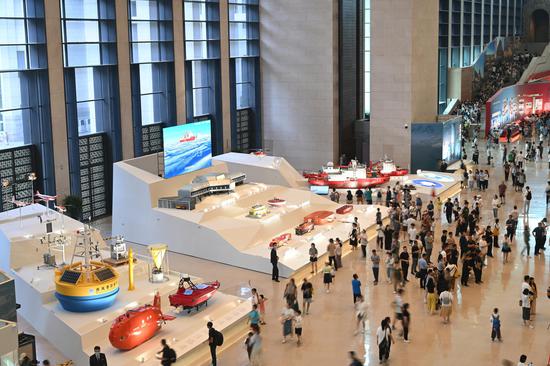

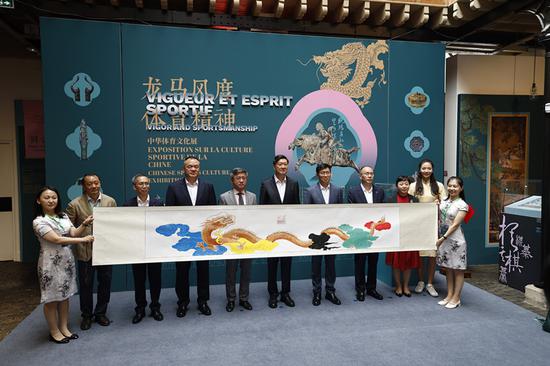
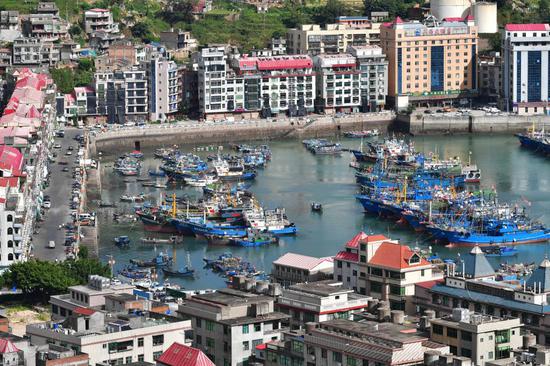

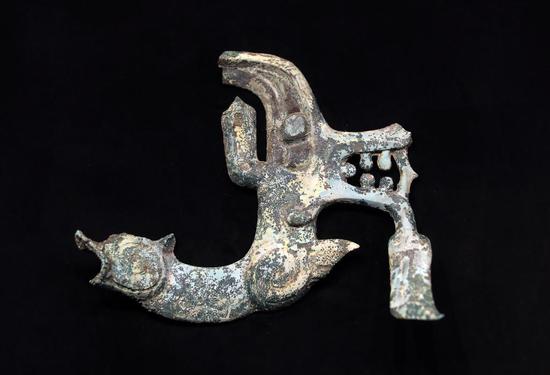
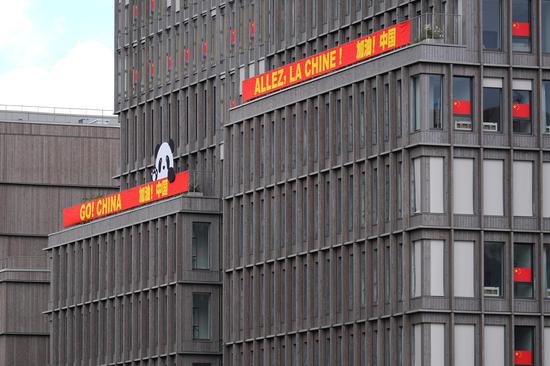
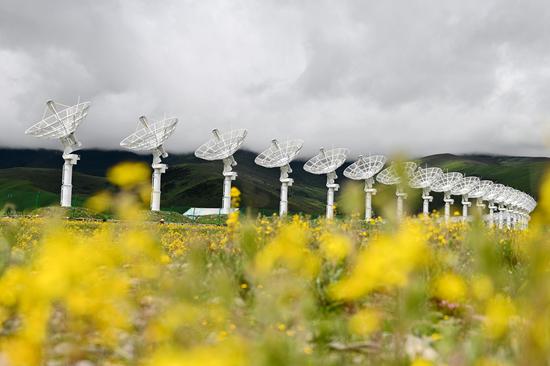
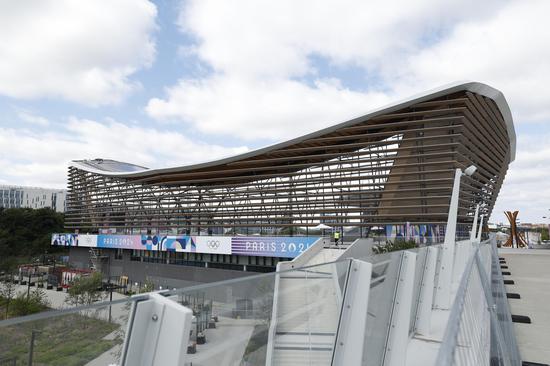


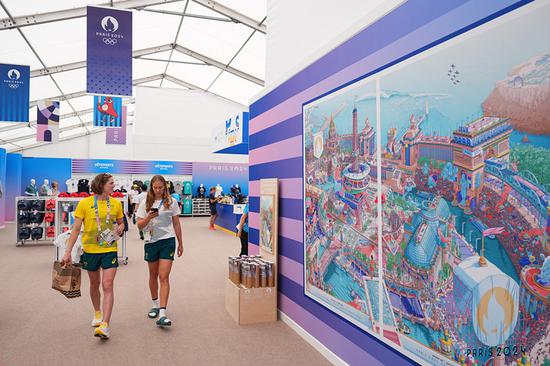




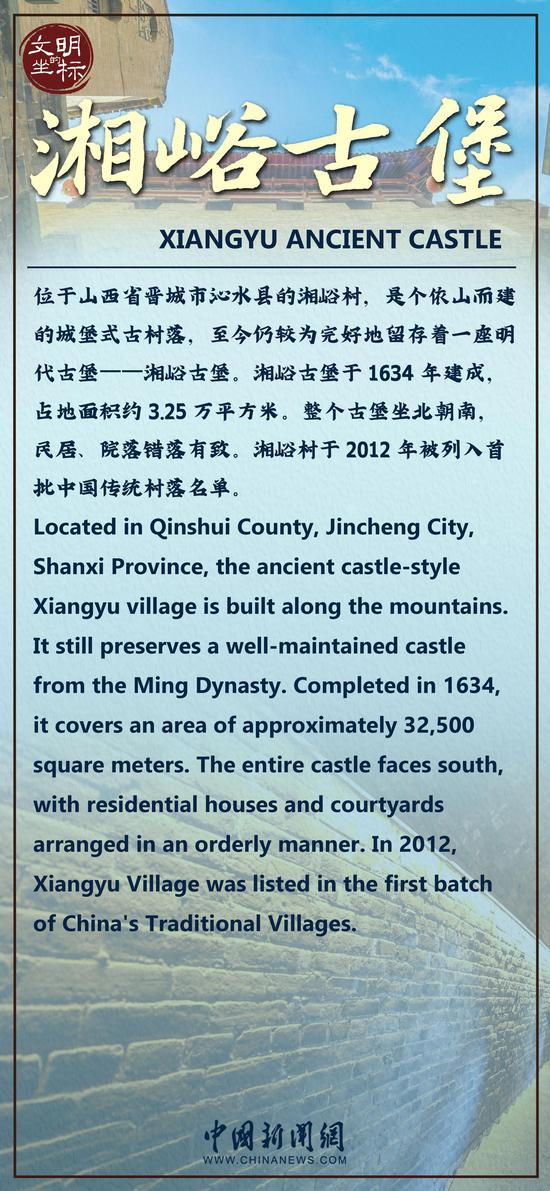
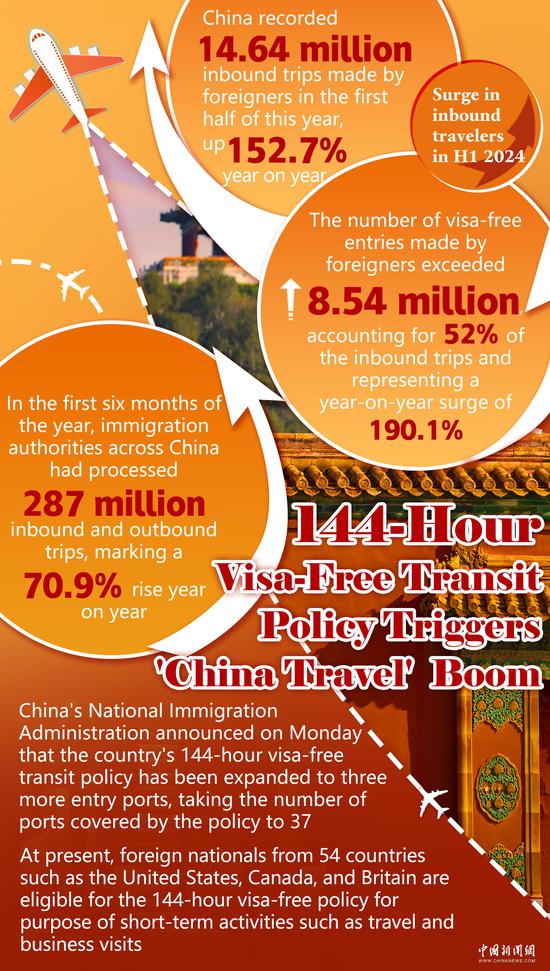






 京公網安備 11010202009201號
京公網安備 11010202009201號